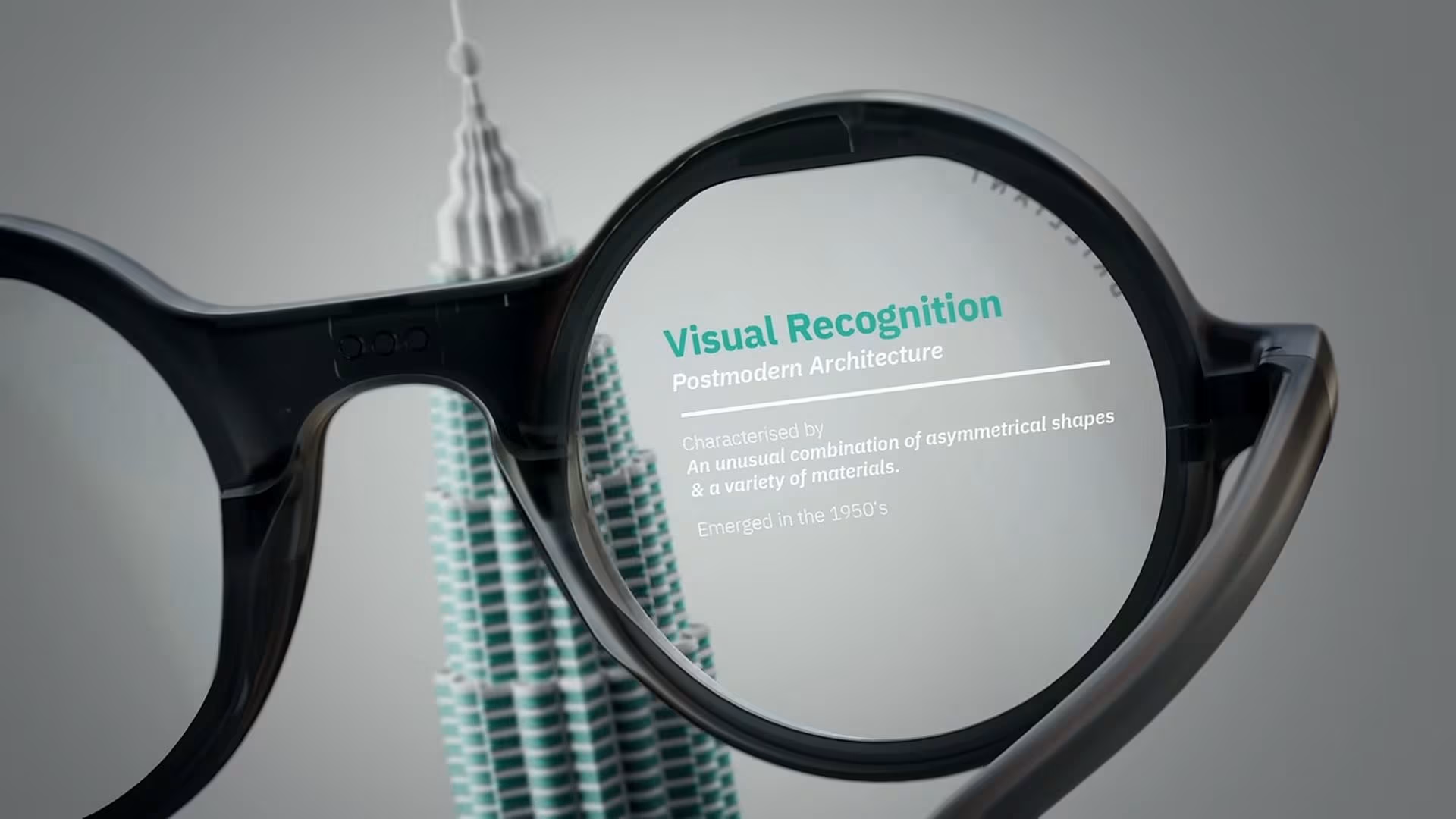Robot vacuums have come a long way since their inception, but even with decades of advancements, these autonomous cleaning devices still have some tricks to master. The latest models, like Dreame’s X40 Ultra, showcase how far the technology has come with features like Lidar scanning, integrated cameras, and self-cleaning mechanisms. Yet, despite these impressive upgrades, there are still several challenges that robot vacuums must overcome to truly achieve seamless, autonomous floor cleaning.
The Cutting-Edge Features of the X40 Ultra
Dreame’s X40 Ultra is designed with convenience in mind, aiming to be a set-it-and-forget-it device. Equipped with a Lidar scanner, camera, and headlamp, the X40 Ultra maps your home with precision, navigating around obstacles effortlessly. Its powerful suction, dual mopping pads, and multifunctional home base make it a formidable cleaning machine. The home base not only charges the vacuum but also empties its dustbin, stores dirty water, and refills clean water.
One of the standout features of the X40 Ultra is its ability to tackle one of the common issues with robot vacuums: the smell and inconvenience of dirty mop pads. Unlike many of its predecessors, the X40 Ultra cleans its own mop pads, using sensors to analyze water cleanliness and drying them with hot air. This significantly reduces the frequency of manual cleaning required for the home base.
The X40 Ultra also boasts a clever design that allows it to extend its right-side mop pad to clean under low surfaces, such as cupboard doors and refrigerators. Additionally, its ability to lift its rotor brush to avoid spreading liquid spills and its automatic mop pad retraction when transitioning from hard floors to carpets are thoughtful touches that enhance its cleaning efficiency.
However, not all innovations hit the mark. While the X40 Ultra can lift its mop pads when moving onto carpet, it doesn’t lift them high enough to prevent all contact, which could result in wet carpets. On the bright side, the accompanying app allows users to define floor materials, ensuring the robot avoids carpeted areas when mopping.
Addressing the Limitations
Despite these advancements, robot vacuums like the X40 Ultra still have their limitations. For instance, stairs remain an insurmountable obstacle. No major manufacturer has yet produced a vacuum that can climb stairs, and while companies like Migo Robotics have made headlines with stair-climbing prototypes, these innovations are still far from market-ready.
Moreover, even with the most advanced models, users may encounter inexplicable issues, such as a robot refusing to clean a particular room or failing to dispense water for mopping. These glitches can be frustrating, particularly when the robot’s design leaves little room for user intervention or troubleshooting.
In some cases, low-tech problems persist as well. For example, human hair can easily get tangled in the vacuum’s rollers, potentially causing damage. While Dreame offers a solution in the form of a $200 TriCut roller brush that shreds hair before it reaches the vacuum, this feature comes at an additional cost.
Other challenges include navigating uneven surfaces, such as sunken rooms, where the robot may struggle to move between different floor levels. In my experience, even the most advanced models haven’t been able to overcome this barrier, effectively dividing a single-level home into multiple sections that require manual intervention to clean thoroughly.
The Human Factor
Despite all the intelligence built into these machines, human oversight remains necessary. For example, robot vacuums are notorious for sucking up items they shouldn’t, such as small toys, cables, or even paper. While the X40 Ultra is vigilant about avoiding certain obstacles, like shoes, it isn’t foolproof. I’ve had to rescue countless items from the clutches of my robot vacuum, and in one instance, a plugged-in USB cable was damaged, becoming dangerously hot and nearly causing injury.
In conclusion, while robot vacuums like the Dreame X40 Ultra have made significant strides in autonomous cleaning, there’s still room for improvement. As these devices continue to evolve, it’s likely we’ll see further innovations that address their current limitations, bringing us closer to the ideal of a truly self-sufficient cleaning assistant. Until then, a little human oversight will still be required to keep our floors spotless.




